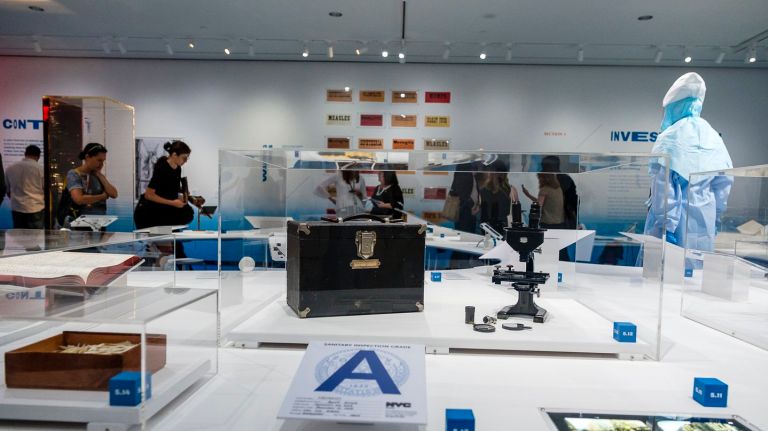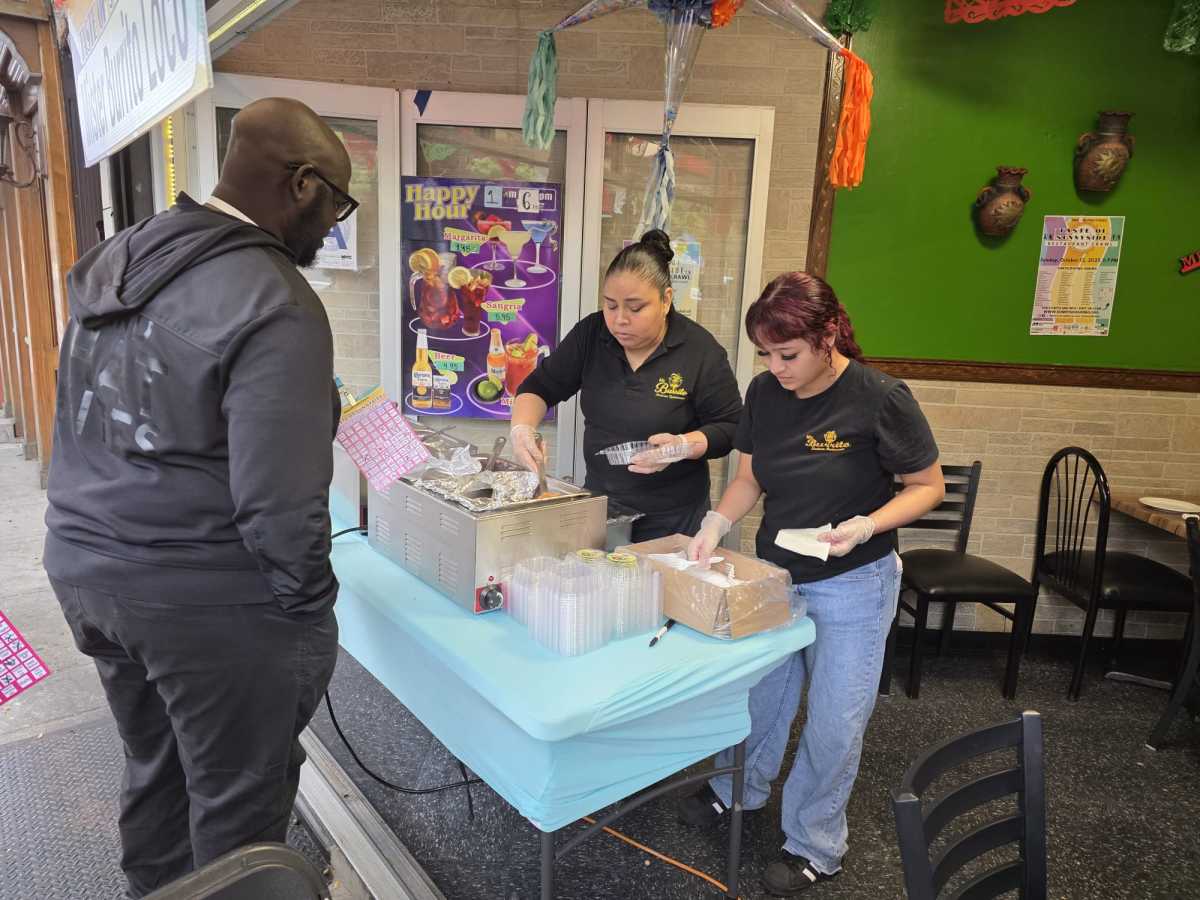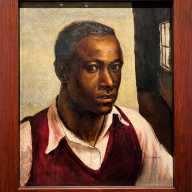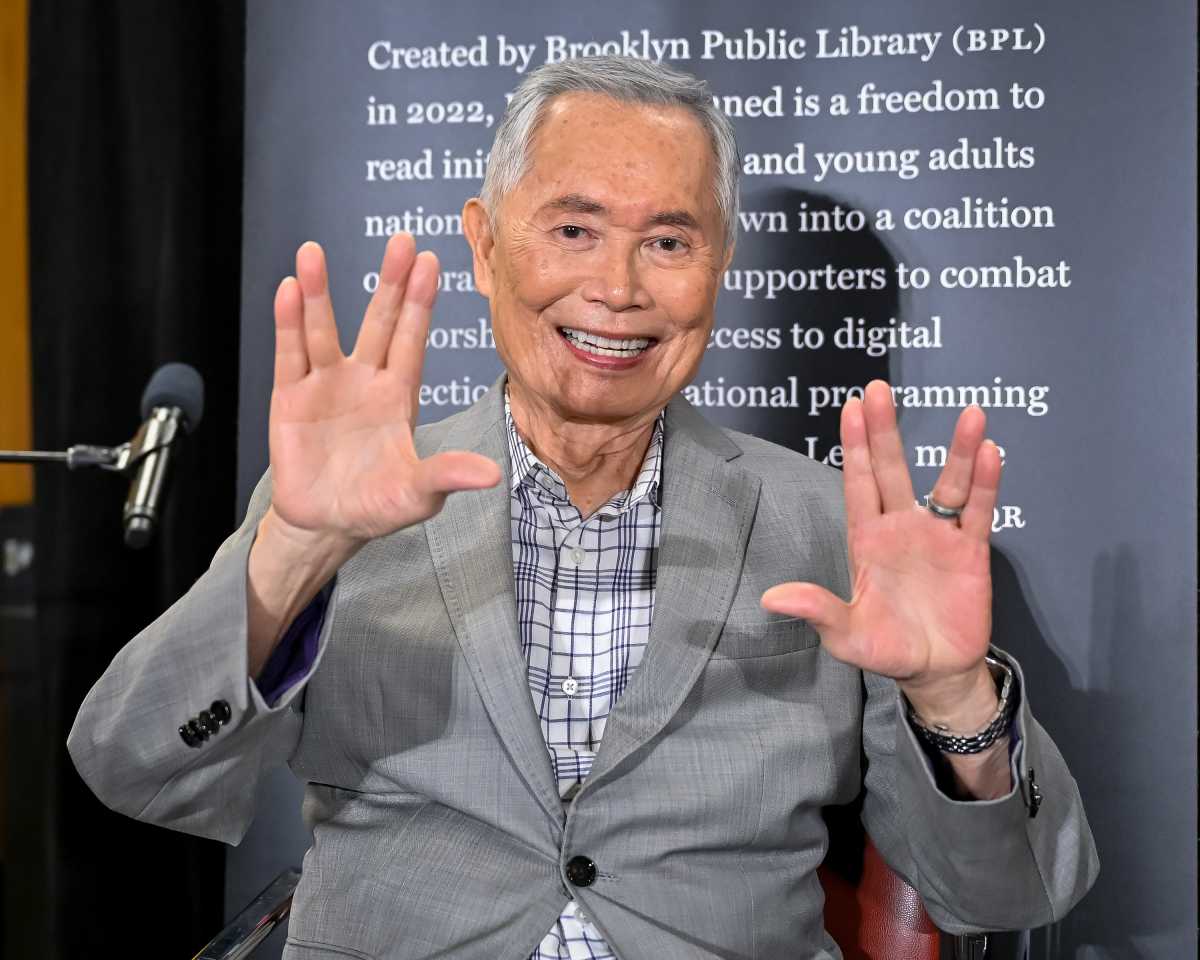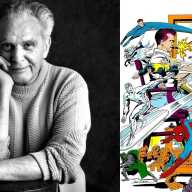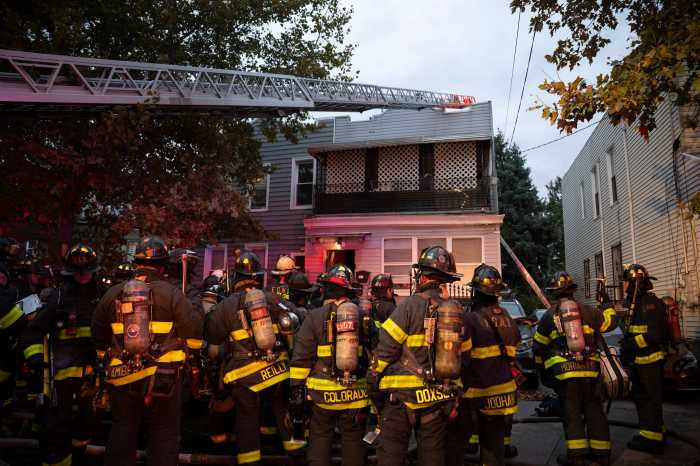
New York City has always been a place where you can make an impression.
That goes for people — and unfortunately — the microbes that carry disease.
“(The city) has been a crossroads of people, goods, ideas and also of germs,” said Sarah Henry, chief curator of the Museum of the City of New York and co-curator of the new exhibit called “Germ City: Microbes and the Metropolis.”
The exhibit, which opens Friday, takes a colorful and interactive look at how infectious disease and epidemic outbreaks have impacted the city over time. It also examines the role of city officials and how government progressed from taking a reactive response to health crises to mounting ambitious efforts to stop them.
It opens on the 100th anniversary of the 1918 flu pandemic, which killed about 50 million people across the globe and about 675,000 in the United States, according to the Centers for Disease Control and Prevention.
“The germs we encounter every day are the same ones our forebearers encountered as well,” said Henry. “We have issues about overuse of antibiotics and insufficient vaccination.”
She said sometimes people focus on headline grabbing outbreaks such as Zika and Ebola, and forget the flu can be dangerous as well.
“We need to be educated and vigilant about the more ordinary things,” she said. “The flu is a good example.”
Visitors are treated to a fascinating array of objects, including an antique iron lung and protective gear worn by the staff at Bellevue Hospital when working with the city’s first Ebola patient.
The image of a large (presumably disease-carrying) mosquito is plastered across the floor. A creepy 1991 public service announcement about littering created by director David Lynch plays on a loop across one wall. Shot in black and white, the clip features close-ups of rats, their tiny paws clutching sewer grates as careless New Yorkers throw trash into the street with abandon.
Some of the items were loaned by the New York Academy of Medicine, which is organizing the exhibit with the museum along with Wellcome Trust, a UK charity focused on health issues.
“Germ City” is the first of three international exhibits under Wellcome’s “Contagious Cities” project. The others will appear in Hong Kong and Geneva.
“New York is one of world’s great port cities, and there are so many people, it’s inevitable that disease has played a bigger role in the history of New York than it might have in some other cities,” said Simon Chaplin, director of Culture & Society for Wellcome.
“The strength of the exhibition is the way in which it tells the history of disease through personal stories,” he said.
Henry said outbreaks often led to vital changes, such as the 1832 Cholera epidemic that spurred the creation of the Croton water system.
In time, government started tapping the knowledge of medical experts to create public health policy. Before that, many of the outbreaks and other issues had been seen as “inevitable problems of human life that couldn’t be solved,” she said.
By the early 20th century, the city has beefed up its public health system with the addition of inspectors and the creation of regulations.
But even some of the best intentioned efforts to contain illness sparked controversy, as some patients were quarantined and locked away at institutions on remote sections of islands in the city.
The exhibit also notes a violent 1858 incident where dozens of local residents burned down the Quarantine Hospital on Staten Island because they believed it posed a danger to their health.
One of the highlighted artifacts is a letter from Mary Mallon, or “Typhoid Mary,” a cook who spent years in isolation after authorities believe she spread typhoid fever. She died in 1938.
In delicate cursive, Mallon writes angrily about being kept a “prisoner” by health officials.
“We know her as a disease,” said Chaplin. “Realizing there is a person behind it, realizing what her story is — that is part of humanizing it.”
The medical items and other ephemera are accompanied by new, thought provoking artwork, such as Jordan Eagles’ “Blood Mirror.” The sculpture was created with blood donations from gay, bisexual and transgender men as a statement against the federal policy that bans blood donations from gay and bisexual men unless they have been celibate for at least one year.
The exhibition will expand to include some personal items from New Yorkers to help illustrate the experiences of disease in their own lives.
“Connecting the stories of these terrifying epidemics to our daily lives, I think helps us all to get a better handle on it,” said Henry.



